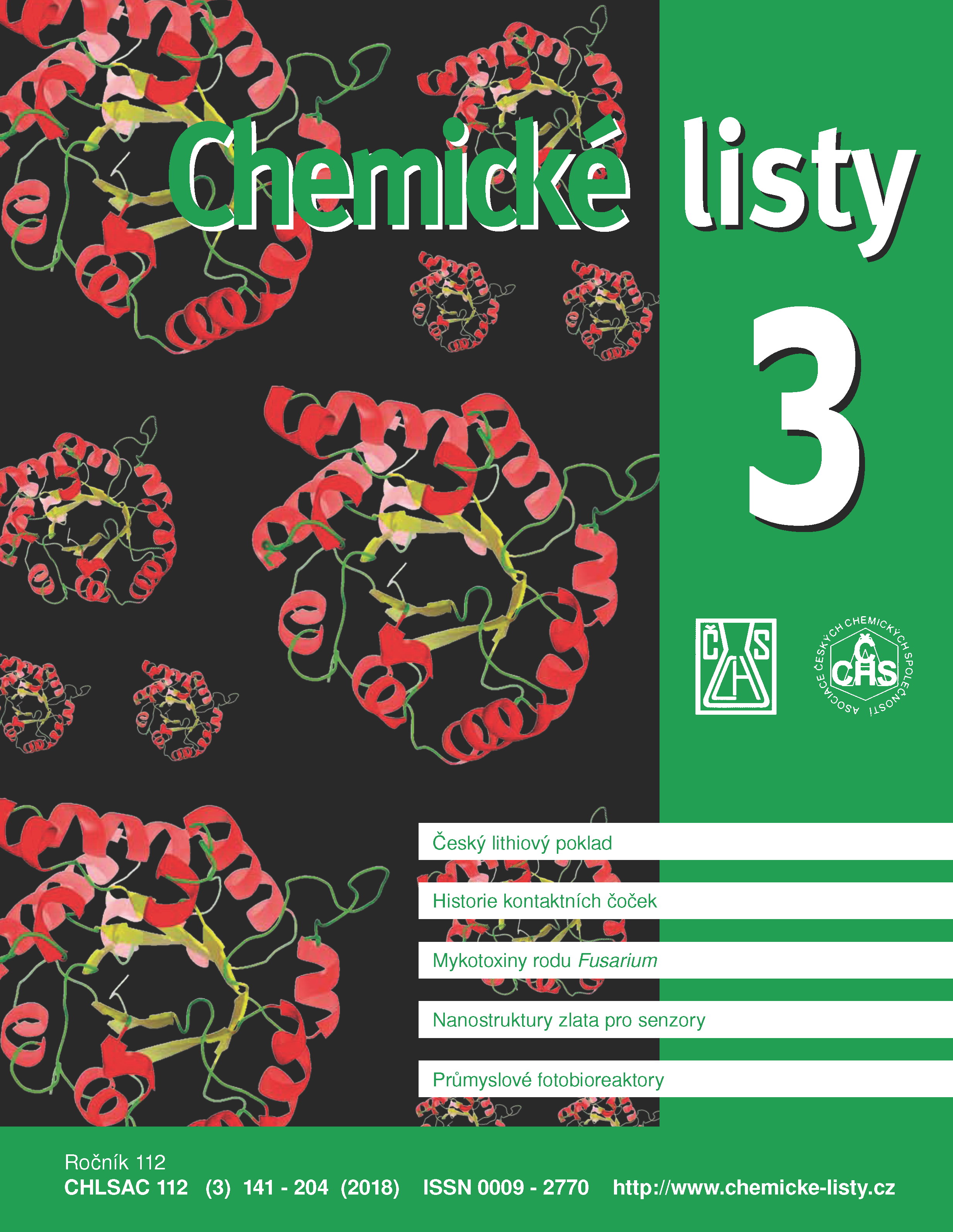Současné metody hodnocení oseointegrace implantátů z nanostrukturního titanu
Klíčová slova:
oseointegrace, dentální implantát, nanostrukturní titan, histomorfometrieAbstrakt
Currently, titanium endosseous implants represent the standard in dental implantology. To improve their mechanical properties, biocompatibility and osseointegration, the concept of bulk nanostructured titanium with variously textured surface is being developed. Different animal species, mostly pigs, minipigs and rabbits, are used for the osseointegration assessment. The selection of implantation site in the target bone is also important, because various types of bones have different ratio between the compact and the trabecular bone tissue. After finishing the in vivo experiment, the implant position and orientation is verified by X-ray imaging. The part of the bone with the implant is surgically removed, cut into tissue blocks, and histologically processed using technique of undemineralized ground sections. This includes embedding the samples into resin followed by sawing, grinding, and polishing of transparent histological sections. A subsequent staining provides information on the formation and mineralization of the bone matrix in close proximity of the implant. Osseointegration is evaluated using a bone-implant contact (BIC) expressed as the ratio of the implant length in contact with bone tissue and total length of the implant. Additional information about the newly formed bone in regions surrounding the implant may be also provided by a double tetracycline test. According to our own experiments, this methodology is simple to perform, highly reproducible, and gives consistent results.





